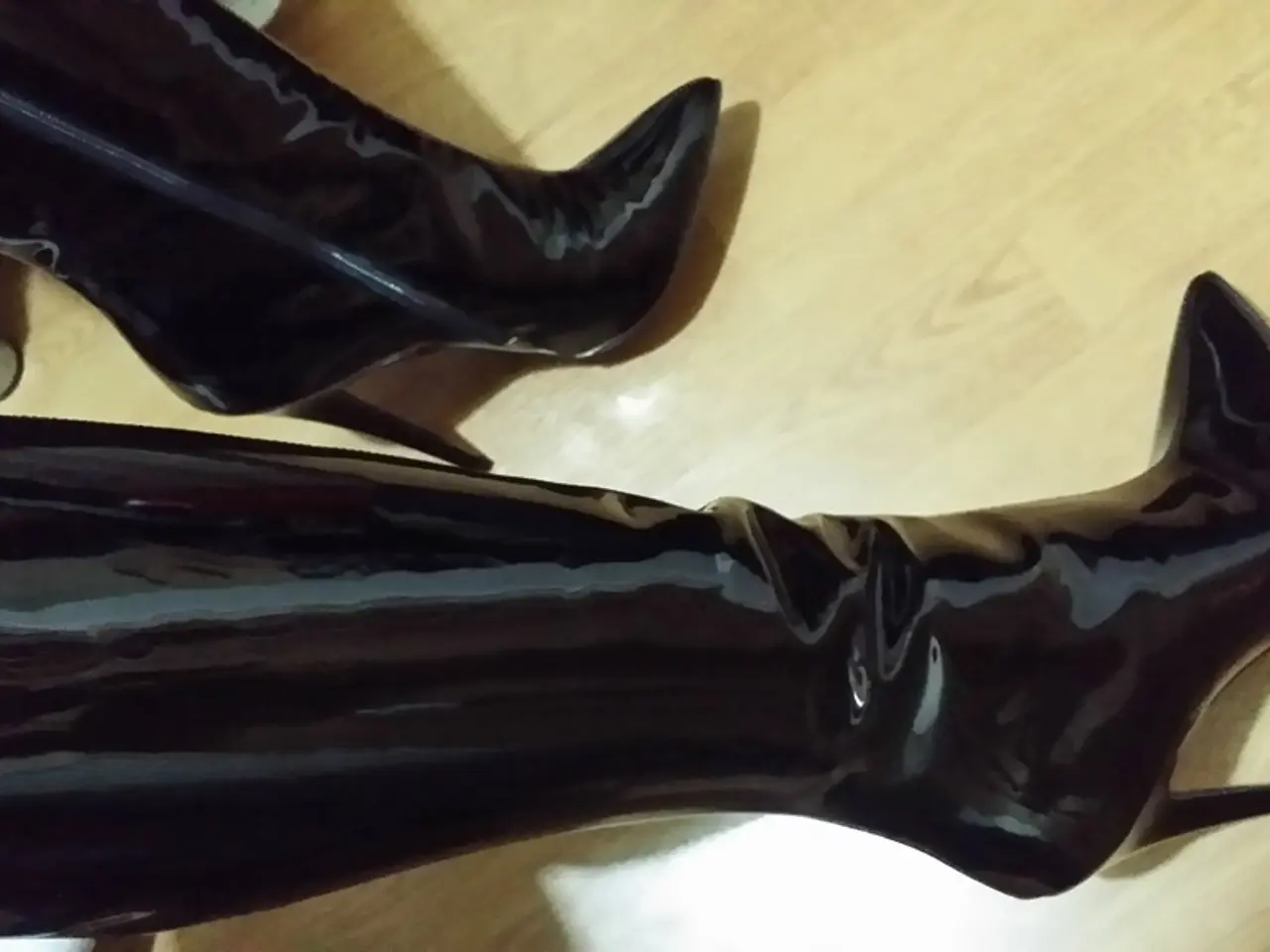The structure of the lower leg, from bone to muscle, explained.
The lower leg, a vital part of our anatomy, is the portion of the leg between the knee and the ankle. It consists of two main bones - the tibia, or shinbone, which is the main weight-bearing bone, and the fibula, the smaller, thinner bone.
Muscles and Their Functions
The lower leg houses three major muscle compartments: anterior, lateral, and posterior. Each compartment contains key muscles that perform specific functions.
Anterior Compartment
The primary muscles in the anterior compartment are the tibialis anterior, extensor digitorum longus, and extensor hallucis longus. They are responsible for dorsiflexion of the ankle (lifting the foot upwards) and extension of the toes.
Lateral Compartment
The peroneus (fibularis) longus and brevis muscles reside in the lateral compartment. They help evert the foot (tilting the sole outward) and provide assistance with plantarflexion.
Posterior Compartment
The posterior compartment is home to several muscles, including the gastrocnemius, soleus, plantaris (in the superficial layer), and tibialis posterior, flexor digitorum longus, and flexor hallucis longus (in the deep layer). The gastrocnemius and soleus muscles combine their tendons to form the Achilles tendon, the strongest tendon in the body, which inserts into the calcaneus (heel bone) to enable powerful plantarflexion involved in walking and running.
Tendons and Joint Stability
Tendons connect these muscles to bones, providing joint stability. The Achilles tendon, the thickest tendon, is formed by the convergence of the soleus, gastrocnemius, and plantaris tendons. It attaches to the heel bone and is crucial for pushing the body forward when walking or running.
Nerves and Innervation
The anterior compartment is generally innervated by the deep fibular (peroneal) nerve. The lateral compartment is innervated by the superficial fibular nerve, while the posterior compartment muscles are innervated by the tibial nerve. These nerves provide motor control for muscle contraction and sensory input from regions of the lower leg and foot.
Summary of Functions by Nerve and Muscle Group
- Deep fibular nerve: Controls muscles in the anterior compartment, responsible for dorsiflexion (ankle) and toe extension.
- Superficial fibular nerve: Controls muscles in the lateral compartment, responsible for foot eversion and assists with plantarflexion.
- Tibial nerve: Controls muscles in the posterior compartment, responsible for plantarflexion, toe flexion, and foot inversion.
This organized muscle, tendon, and nerve configuration in the lower leg enables complex control of foot positioning, stability in standing, and efficient locomotion activities such as walking, running, and jumping.
[1] Muscles, Tendons, and Nerves in the Lower Leg: A Detailed Overview. (n.d.). Retrieved from https://www.healthline.com/health/muscles-tendons-and-nerves-in-the-lower-leg#1
[2] The Lower Leg: Anatomy and Function. (n.d.). Retrieved from https://www.verywellhealth.com/anatomy-and-function-of-the-lower-leg-3114517
[3] The Lower Leg: Bones, Muscles, and Tendons. (n.d.). Retrieved from https://www.healthline.com/health/bones-muscles-and-tendons-in-the-lower-leg#1
[4] The Achilles Tendon: Structure, Function, and Injuries. (n.d.). Retrieved from https://www.healthline.com/health/achilles-tendon-injuries#overview1
[5] The Lower Leg: A Closer Look at Its Anatomy. (n.d.). Retrieved from https://www.healthline.com/health/lower-leg-anatomy#1
- The lower leg is where dermatitis, a common skin condition, can sometimes manifest due to friction and sweat, causing inflammation and irritation.
- People suffering from COPD (Chronic Obstructive Pulmonary Disease) might find exercising the lower leg challenging, as increased activity can exacerbate shortness of breath.
- Health-and-wellness experts often suggest maintaining a balanced diet and regular fitness-and-exercise routine to manage obesity, which can put extra strain on the lower leg muscles and joints.
- Individuals with colitis, an inflammatory bowel disease, may experience joint pain in the lower leg, a symptom known as ankylosing spondylitis.
- Diabetes, a condition characterized by high blood sugar levels, can lead to neuropathy, which can affect the nerves in the lower leg and lead to numbness or tingling.
- The type of psoriasis that affects the skin on the lower leg is called psoriatic arthritis, a less common form of the disease that causes inflammation in the joints, too.
- Multiple sclerosis, a degenerative disease affecting the central nervous system, can also affect the lower leg muscles, causing weakness and impaired movement.
- Some people with hepatitis may experience joint pain in the lower leg, as a result of inflammation triggered by the virus.
- In the field of science, researchers are working to develop predictive models to determine the risk of diabetes, obesity, and depression in people based on factors such as age, fitness level, and nutrition.
- Ullercative colitis, another form of inflammatory bowel disease, can cause joint pain and swelling in the lower leg, a symptom known as arthritis.
- Psoriasis and atopic dermatitis, two common skin conditions, can coexist in some individuals, leading to a more severe form of the diseases known as psoriatic arthritis, which can also affect the lower leg joints.
- improving the overall health-and-wellness of the lower leg, including muscles, tendons, and nerves, can help reduce the risk of developing conditions such as diabetes, COPD, and arthritis.




